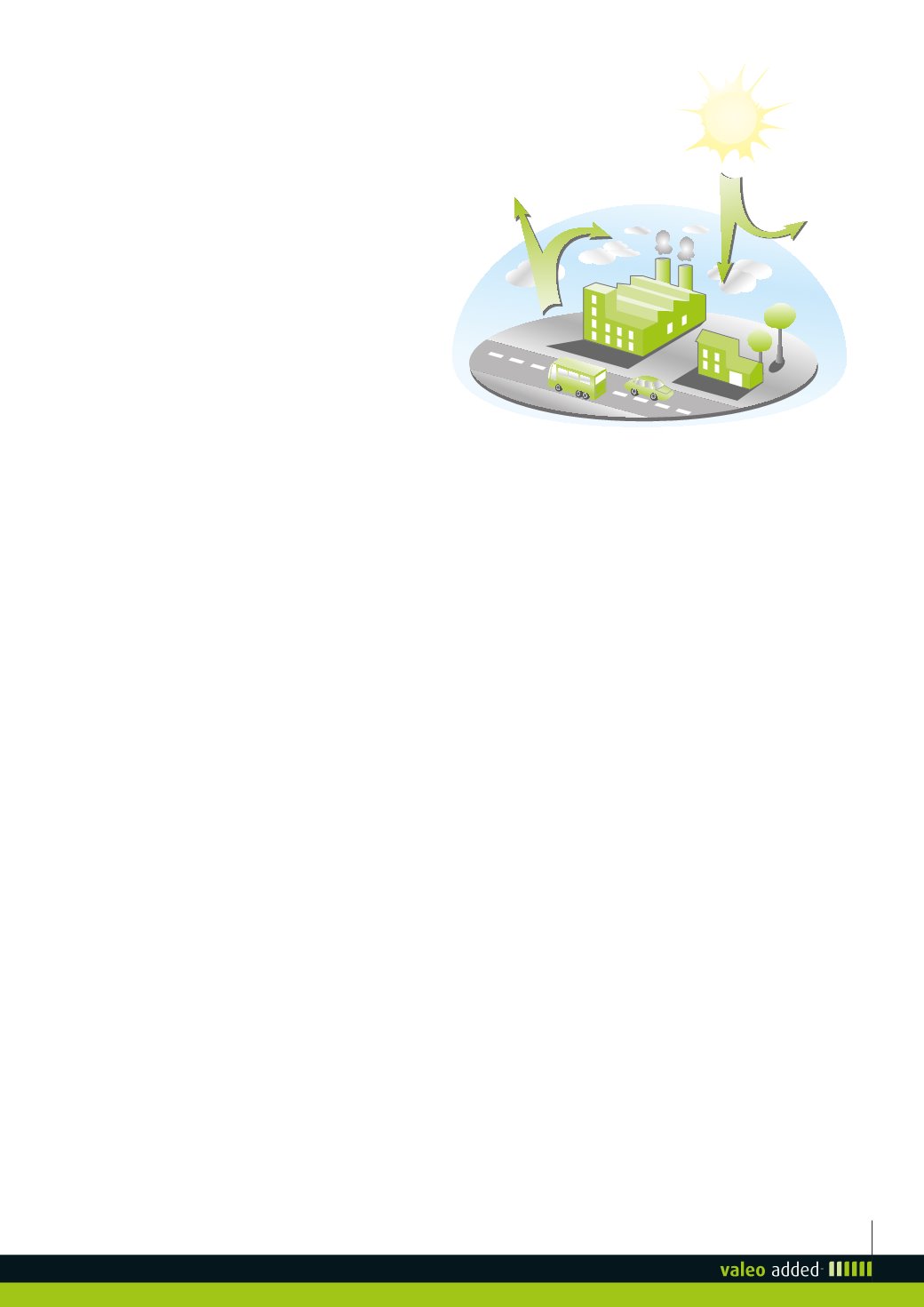

4.1 The Kyoto commitment
Refrigerant fluids do have an impact on our planet by
increasing the greenhouse effect.
Many countries have signed the Kyoto Protocol and
committed to reducing the effects of A/C systems
by
securing their air conditioning servicing practices
and by tracing the refrigerant business in the auto-
motive industry.
The objective was to reduce overall emissions of
greenhouse gases by at least 5% to below 1990
levels in the commitment period 2008 to 2012.
Kyoto Protocol Ratification
The Kyoto Protocol is an international agreement
linked to the United Nations Framework Convention
on Climate Change
(http://unfccc.int/2860.php)
The Kyoto Protocol was adopted in Kyoto,
Japan, December 1997.
The Kyoto Protocol entered into force
on 16 February 2005.
Deployment dates and local rules vary from country
to country, but basic common rules must be applied
by all.
g
Assessment of the first phase by end of 2012
g
Next objective is to reach -20% in 2020 vs 1990
(Europe decision No 406/2009/CE) and -50% by
2050
4.2 Kyoto Protocol basic rules
Countries may implement the Kyoto protocol in many
different manners but the aim is common to all.
4.2.1 Fluid volume traceability
g
Refrigerant must be traced at distribution level
g
Refrigerant must be traced at garage level
4.2.2 Garage equipment and people
competency
Garages must be well prepared to proceed to
refrigerants manipulations
g
All the appropriate tools must be available in
the workshop
g
People must be skilled in A/C servicing
4.2.3 Maintenance procedures
g
The A/C loop refill is only authorised if the loop
is not leaking
g
An empty loop cannot be refilled prior to a full
leak diagnosis
g
Refrigerant degassing is forbidden
4.2.4 A/C system evolution
Since the Kyoto Protocol, players in the A/C market
have committed to reducing the effects of refrige-
rants on global warming and ozone depletion.
Two indicators are used to assess the effects of
refrigerants on Earth ozone depleting and global
warming:
g
The ODP – Ozone Depleting Potential
g
The GWP – Global Warming Potential
9


















